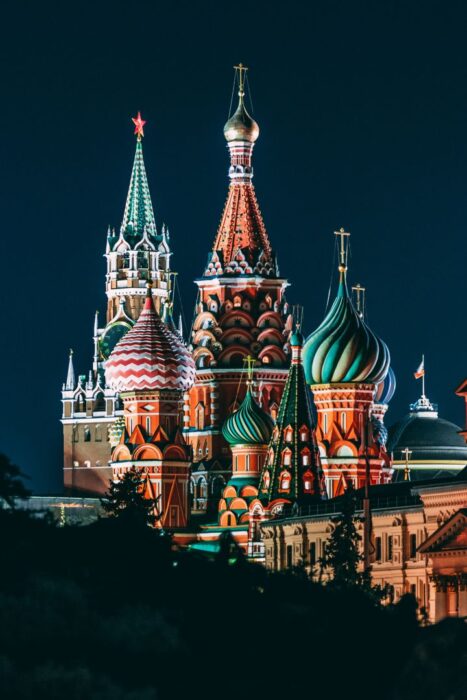
The study “When the media goes to war: How Russian news media defend the country’s image during the conflict with Ukraine.” by Nhung Nguyen from University of Kansas, Pamela Peters from Western Illinois University, Hechen Ding, and Hong Tien Vu from University of Kansas looked at opinion columns in Russia Today (RT) and Sputnik and the strategies they employed to legitimize the conflict in Ukraine and to defend Russia’s image.
The conflict between Russia and Ukraine started already in 2014 when Russia annexed Crimea, and escalated further into a full-scale war on February 24th 2022. Since, Western media has largely been critical of Russia, while the Russian news agencies like RT and Sputnik have sought to legitimize Russia – and they have been consequently labeled information warfare and even banned in the EU.
The study draws from several frameworks, including Benoit’s image repair and Shaw’s warfare legitimacy. The authors note in the literature review the different media systems and mention that in restrictive environments like Russia the journalists self-censor themselves and reflect governmental views – which is certainly the case with RT and Sputnik which are outright state-controlled.
Image repair occurs in countries involved in hostilities where sympathetic media seeks to paint the country in a positive light, although it does not have to be a media – most studies have focused on politicians. Benoit (2015) argues that there are five broad defense strategies: denial, evasion of responsibility, reducing offensiveness, corrective action, and mortification.
Another question central to the topic is the legitimacy of warfare. Consequently, the research questions were: RQ1: How do Russian media outlets restore the image of the country? and RQ2: How do Russian news media justify the legitimacy of the invasion of Ukraine?
Thematic content analysis was used to analyze how RT and Sputnik used image repair in opinion columns on the news sites. 60 articles from RT and 70 articles from Sputnik were analyzed. MaxQDA was used to code the articles, and another investigator was used to reduce bias.
The results show that of the five strategies, all but mortification were used. Simple denial was frequent, when the Russian articles seeked to deny atrocities or negative effects to the global economy. Similarly, shifting the blame occurred by invoking USA or NATO as the ultimate culprits. Bolstering was used to reduce offensiveness by focusing on images of Russians as providers of humanitarian aid even in cases such as Mariupol. Differentiation was also used to reduce offensiveness by painting Russia as a victim of USA/NATO propaganda.
Finally, transcendence was used to propose a solution that Ukraine should stay neutral (and correspondingly blaming NATO for the conflict), and corrective action was used to emphasize that Russia was the one calling for peace and welcoming peace.
To justify the conflict, evasion of responsibility was the most common tactic. Either Russia was provoked, there was a need to save lives, or supposedly there was a need to protect Russia. Good intentions were emphasized, and the other side was accused as being culpable of ‘nazification’ and similar crimes.
In seeking to restore legitimacy, the opinion columns sought to paint the war as being between two superpowers: Russia vs. The West/NATO/USA, rather than Russia attacking a smaller nation. The columnists frequently sought to use the words of leading Western figures against them, such as George Bush, Tony Blair, Henry Kissinger, and Gerhard Schroeder.
In conclusion, the Russian media sought to perform a war of justification with multiple country image repair strategies. To legitimize war, similarly multiple strategies were used with ‘using one’s words against them’ being a main tactic.
The article “When the media goes to war: How Russian news media defend the country’s image during the conflict with Ukraine.” by Nhung Nguye, Pamela Peters, Hechen Ding, and Hong Tien Vu is in Media, War & Conflict. (free abstract).
Picture: Saint Basil Cathedral by Nikolay Vorobyev
License Unsplash